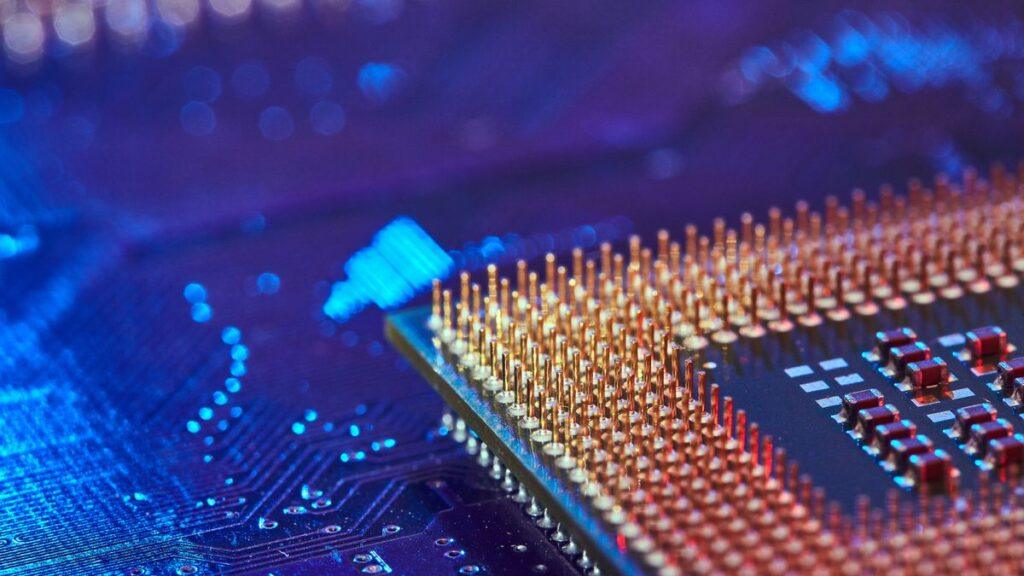- Architecture of a processor for AI, embedded systems and robotics
- RISC-V scalability ensures seamless expansion across diverse applications
- Seed funding fuels Ubitium’s push to redefine chip technology
For more than 50 years, the semiconductor industry has relied on the Tomasulo algorithm, introduced by IBM in 1967, to build CPUs, GPUs and other specialized chips tailored to specific computing tasks.
Now, Ubitium, a hardware startup founded by semiconductor veterans, has developed a universal RISC-V processor that consolidates all computing workloads onto a single affordable chip.
This technology is particularly important for embedded systems and robotics, where the cost of hardware often limits the implementation of advanced computing solutions.
Blurring the boundaries between specialized computing tasks
Ubitium’s universal processor is designed to be scalable and supports a portfolio of chips that vary in size but share the same microarchitecture and software stack, ensuring customers can scale their applications without disrupting their development processes.
The processor’s workload-agnostic design makes it suitable for any computing task and helps simplify hardware requirements.
Ubitium has raised $3.7 million in seed funding, which will accelerate the development of chip prototypes and initial development kits, with plans to launch the first commercial processors by 2026.
“The $500 billion processor industry relies on restrictive boundaries between computing tasks,” said Hyun Shin Cho, CEO of Ubitium.
“We are erasing those boundaries. Our universal processor does everything (CPU, GPU, DSP, FPGA) on one chip, one architecture. This is not an incremental improvement. It is a paradigm shift. This is the processor architecture that demands the age of AI.”
Cho further stated that the company envisions a future where a single processor design can handle tasks ranging from small embedded systems to high-performance computing without specialized hardware modifications.
“For too long we have accepted that making devices smart means making them complex. “Multiple processors or processor cores, multiple development teams, endless integration challenges: today that changes,” he added..




